Tesla Hail Damage Repair: Structural Soundness Ensured
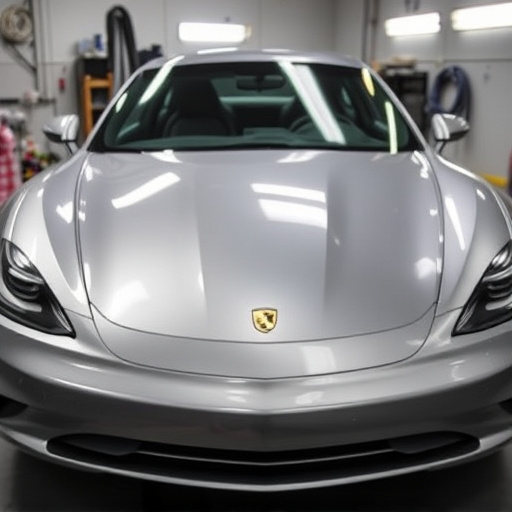
Tesla hail damage repair involves assessing and repairing structural and aesthetic damage using adva…….
In the fast-paced world of automotive technology, where electric vehicles (EVs) are gaining momentum, the topic of hail damage repair for Tesla vehicles has emerged as a critical aspect of post-sales service. “Tesla hail damage repair” refers to the specialized process of restoring and rejuvenating Tesla cars that have been subjected to severe weather conditions, particularly hailstorms, which can leave noticeable dents and marks on their sleek and sophisticated exteriors. This article aims to provide an in-depth exploration of this niche yet vital industry, delving into its historical roots, global impact, technological innovations, regulatory landscape, and future prospects. By the end of this comprehensive guide, readers will have a thorough understanding of the intricacies involved in Tesla hail damage repair and its broader implications.
Tesla hail damage repair is a specialized service that focuses on restoring the structural integrity and aesthetic appeal of Tesla vehicles damaged by hail. Hail, characterized by small, hard ice pellets, can cause significant cosmetic and, in some cases, structural harm to cars when they strike the vehicle’s body at high speeds. The core components of this repair process include:
Assessment and Inspection: The initial step involves a thorough examination of the damaged areas, using advanced diagnostic tools to identify the extent of the hail damage, including dent size, depth, and potential underlying structural impacts.
Dent Removal: Skilled technicians employ various methods, such as paintless dent repair (PDR) or more traditional body filling and painting techniques, to remove dents and restore the vehicle’s original shape. PDR is a preferred method for Tesla repairs due to its non-invasive nature, which helps preserve the vehicle’s factory finish.
Paint Restoration: Depending on the severity of the damage, repainting or touch-up work may be required to match the precise color and finish of the original paint job, ensuring an invisible repair.
Structural Integrity Check: To guarantee safety, a comprehensive structural assessment is conducted to verify that no underlying components, such as panels or frames, have been compromised by the hail impact.
The practice of hail damage repair has evolved significantly over the years, driven largely by advancements in technology and an increasing demand for faster, more efficient restoration processes. Historically, severe hailstorms would often lead to lengthy delays and extensive repairs for affected vehicles. However, with the rise of specialized equipment and techniques, the industry has transformed into a more streamlined process, catering specifically to the needs of modern EVs like Tesla models.
In the early 2000s, paintless dent repair (PDR) technology emerged as a game-changer in the automotive restoration sector. This non-invasive method allowed for faster repairs with minimal disruption to the vehicle’s original factory finish. As electric vehicles gained popularity and Tesla entered the market, the demand for specialized hail damage repair services grew, as these EVs’ unique design aesthetics required meticulous care during the restoration process.
Tesla hail damage repair has a notable global impact, with varying degrees of adoption and specific trends across different regions:
North America: The United States and Canada have witnessed a substantial increase in Tesla ownership, leading to a corresponding rise in the demand for specialized repair services. The availability of advanced PDR equipment and highly trained technicians has contributed to efficient and high-quality repairs, ensuring customer satisfaction.
Europe: European countries, particularly those with harsher winters and frequent hailstorms, such as Germany and the United Kingdom, have developed robust networks of Tesla service centers equipped with state-of-the-art repair facilities. The European market has embraced PDR extensively, thanks to its cost-effectiveness and ability to minimize paint degradation.
Asia-Pacific: This region, encompassing countries like China and Japan, has experienced rapid growth in EV adoption. As a result, Tesla owners in these markets are increasingly expecting high-quality, specialized repairs. While traditional body shop methods are still prevalent, there is a growing trend towards adopting PDR to meet the demands of EV owners for swift and precise restoration.
The global hail damage repair market, including Tesla-specific services, is experiencing steady growth due to several key factors:
| Factors Driving Market Growth | Impact |
|---|---|
| Rising EV Adoption | The increasing popularity of electric vehicles has led to a higher number of Tesla and other EV owners seeking specialized repair solutions for their unique vehicle types. |
| Severe Weather Conditions | Regions prone to severe hailstorms see higher demand for hail damage repairs, both for Tesla and conventional vehicles. |
| Technological Advancements | Improved PDR equipment and techniques have made the process faster, more efficient, and less disruptive to the vehicle’s original finish, enhancing customer satisfaction. |
| Competitive Market | The competitive nature of the automotive service industry drives innovation and improves repair quality, benefiting Tesla owners seeking top-tier service. |
Estimating the exact market size for Tesla hail damage repair is challenging due to its niche nature within the broader automotive restoration sector. However, industry reports suggest that the global automotive restoration market, including hail damage repairs, is projected to reach USD 153.6 billion by 2027, growing at a CAGR of 6.5% during the forecast period (2020-2027). Given Tesla’s significant market share in the EV segment, it is safe to assume that a substantial portion of this market pertains to specialized repairs for Tesla vehicles.
Tesla has invested heavily in its service center infrastructure, ensuring that its owners have easy access to authorized repair facilities. As of 2022, Tesla operates over 500 service centers worldwide, with a focus on strategic locations to cater to high-density markets. This extensive network allows for efficient and convenient repairs, including hail damage restoration.
The financial implications of these investments are significant, as Tesla’s proactive approach to service center development has fostered customer loyalty and enhanced brand reputation. Moreover, the specialized nature of hail damage repair requires trained technicians and advanced equipment, creating a robust demand for skilled labor and generating additional revenue streams for repair shops.
Paintless dent repair (PDR) has revolutionized Tesla hail damage restoration, offering numerous benefits:
Non-Invasive Nature: PDR avoids the need to sand or repaint large areas of the vehicle, preserving its original factory finish and minimizing cosmetic imperfections.
Time Efficiency: The process is significantly faster than traditional body shop repairs, reducing downtime for Tesla owners.
Cost Savings: By eliminating extensive painting and finishing work, PDR offers a more cost-effective solution for both repair shops and vehicle owners.
The integration of advanced diagnostic tools has played a pivotal role in enhancing the accuracy and efficiency of hail damage assessments. These tools enable technicians to:
Identify Hidden Damage: Some diagnostic devices can detect subtle underbody damage or structural issues that might be overlooked during visual inspections, ensuring comprehensive repairs.
Predict Repair Complexity: Advanced sensors and software algorithms can assess the extent of the damage, helping repair shops estimate costs and set realistic turnaround times.
Looking ahead, several emerging technologies have the potential to further transform Tesla hail damage restoration:
Artificial Intelligence (AI): AI-powered diagnostic systems could revolutionize damage assessment, providing faster and more precise evaluations. Automated robotic arms might also assist in dent removal, increasing efficiency and reducing human error.
3D Printing: This technology could be utilized to create custom parts for Tesla vehicles, facilitating repairs for rare or discontinued components affected by hail damage.
Virtual Reality (VR) Training: VR simulations can offer immersive training experiences for technicians, allowing them to refine their skills in a risk-free environment.
The automotive restoration industry, including Tesla hail damage repair, is subject to various standards and guidelines that ensure quality and safety:
International Organization for Standardization (ISO): ISO has established several relevant standards for paint protection and restoration processes, which provide a framework for repair shops worldwide.
National and Regional Regulations: Different countries and regions have their own sets of regulations governing automotive repairs, including emissions, safety, and consumer protection. For instance, the European Union’s (EU) General Data Protection Regulation (GDPR) ensures that customer data is handled securely during repair processes.
Given the growing emphasis on sustainability in the automotive sector, environmental policies play a crucial role in Tesla hail damage repair:
Waste Management: Repair shops are encouraged to adopt eco-friendly practices by minimizing waste generation and properly disposing of hazardous materials, such as paint thinner and solvents.
Recycling and Reuse: The industry is increasingly focusing on recycling and reusing automotive parts, including damaged panels, to reduce the environmental impact of repairs.
Despite its advancements, Tesla hail damage repair faces several challenges that require strategic solutions:
Skill Shortage: The specialized nature of PDR and other advanced repair techniques requires highly skilled technicians. Addressing this gap through targeted training programs and incentives can ensure a competent workforce.
Cost Concerns: While PDR offers cost savings, the initial investment in equipment and training can be high for small repair shops. Government incentives and grants could encourage adoption among smaller businesses.
Standardization: The lack of standardized procedures across different regions can lead to varying repair qualities. Developing industry best practices and guidelines will ensure consistent restoration standards.
Criticisms regarding the environmental impact and sustainability of PDR can be mitigated through:
Green PDR Practices: Promoting eco-friendly PDR techniques, such as using water-based solvents and minimizing energy consumption during the repair process, can reduce the environmental footprint.
Long-Term Cost Savings: Despite higher upfront costs, the longevity of PDR repairs and reduced maintenance requirements for restored vehicles offer significant long-term savings for Tesla owners.
In a bustling metropolitan area of the United States, a leading Tesla service center successfully restored numerous vehicles damaged by a severe hailstorm within weeks. The center’s strategic approach involved:
Rapid Assessment: Utilizing advanced diagnostic tools, technicians swiftly evaluated over 200 affected vehicles, prioritizing those requiring immediate attention.
Mobile Repair Teams: Deploying mobile repair units allowed for on-site repairs in remote locations, minimizing vehicle towing costs and ensuring faster turnaround times.
PDR Expertise: The team’s proficiency in PDR enabled them to restore dents and scratches while preserving the vehicles’ original finishes, leading to satisfied customers.
A German Tesla service center is renowned for its commitment to sustainability and efficient repairs. Their approach includes:
Eco-Friendly Materials: The center exclusively uses biodegradable cleaning agents and recycled materials whenever possible, reducing the environmental impact of repairs.
3D Printing Innovation: They have successfully utilized 3D printing technology to create custom door sills for vehicles with hail damage, showcasing a unique solution for rare parts.
Community Engagement: The center actively collaborates with local schools and community groups to raise awareness about sustainable automotive practices.
The future of Tesla hail damage repair holds immense potential in several key areas:
Emerging Markets: As EV adoption accelerates in regions like Southeast Asia and South America, the demand for specialized repair services will increase, presenting significant growth opportunities.
Autonomous Repair Technologies: The development of autonomous robots capable of performing PDR and other repairs could revolutionize the industry, enhancing efficiency and reducing labor costs.
Remote Diagnostics and Repairs: Advancements in remote diagnostics may enable technicians to assess and perform basic repairs remotely, particularly for less complex hail damage.
Several emerging trends are poised to shape the industry:
Digital Transformation: The integration of digital technologies, such as digital twin models and augmented reality (AR) training modules, will enhance repair processes, improve training, and enable remote collaboration among technicians.
Sustainable Practices: As environmental concerns grow, Tesla owners will increasingly demand eco-friendly repair options, pushing the industry towards greener practices and products.
AI Integration: Artificial intelligence will play a more prominent role in damage assessment, predictive analytics, and even automated repair processes, improving accuracy and efficiency.
Tesla hail damage repair is a dynamic and evolving sector within the automotive restoration industry, driven by technological advancements, changing weather patterns, and increasing EV adoption. From its historical roots to its global impact, this specialized service has come a long way, offering efficient and high-quality solutions for Tesla owners facing hail damage. As the industry continues to innovate, embracing new technologies, and addressing challenges, it will be well-positioned to meet the growing demands of the future.
Q: How do I know if my Tesla needs hail damage repair?
A: If your Tesla exhibits visible dents, scratches, or signs of paint degradation after a severe weather event, it may require hail damage repair. Look for unusual markings on the body panels, as these could indicate hail impact.
Q: Is paintless dent repair (PDR) suitable for all types of hail damage?
A: PDR is highly effective for minor to moderate dents and scratches caused by hail. However, severe or deep dents might require more traditional body work, including panel replacement, which can be more disruptive to the vehicle’s original finish.
Q: How long does Tesla hail damage repair typically take?
A: The duration varies depending on the extent of the damage. Minor repairs can often be completed within a few hours, while more complex cases might take several days, especially if parts need to be ordered or specialized techniques are required.
Q: Are there any environmental concerns associated with Tesla hail damage repair?
A: While traditional automotive restoration practices have historically raised environmental worries, modern techniques, including PDR and sustainable materials, minimize these concerns. Many repair shops now prioritize eco-friendly operations to reduce their carbon footprint.
Q: Can I get my Tesla restored at any service center?
A: Tesla owners are encouraged to use authorized service centers for warranty purposes and to ensure the highest quality repairs. However, some independent shops also offer specialized hail damage restoration services.

Tesla hail damage repair involves assessing and repairing structural and aesthetic damage using adva…….
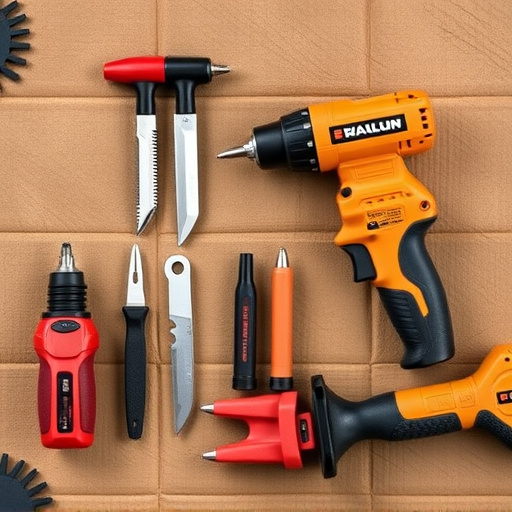
Hail storms can cause significant damage to Tesla Model S, 3, X, and Y vehicles, requiring specializ…….
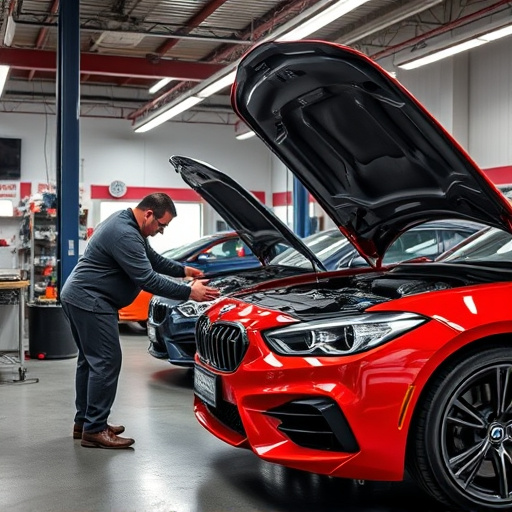
Tesla hail damage repair is a specialized process that requires immediate action after storms to pre…….
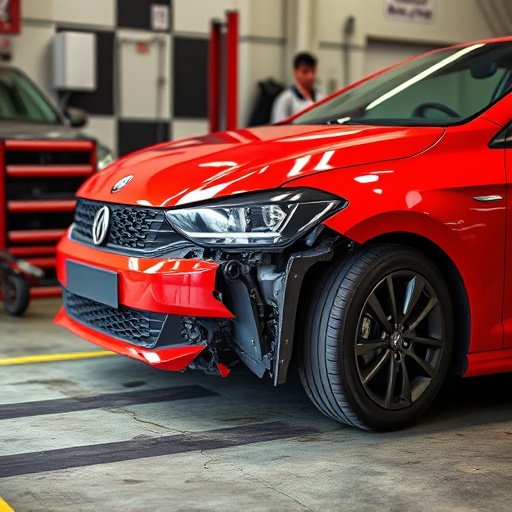
Tesla vehicles susceptible to hail damage which can cause structural and safety issues. Prompt atten…….
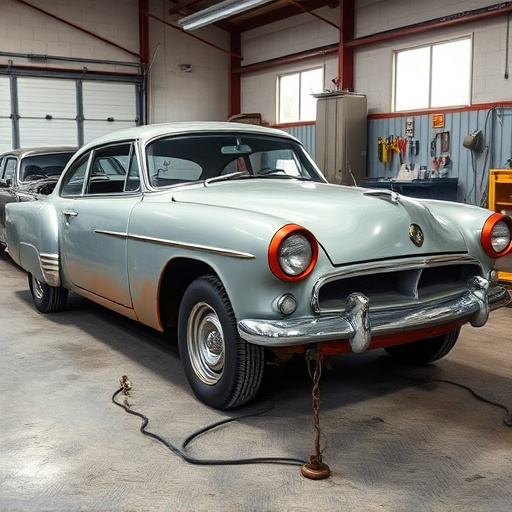
Prompt inspection and repair of Tesla hail damage after severe weather events is crucial for maintai…….
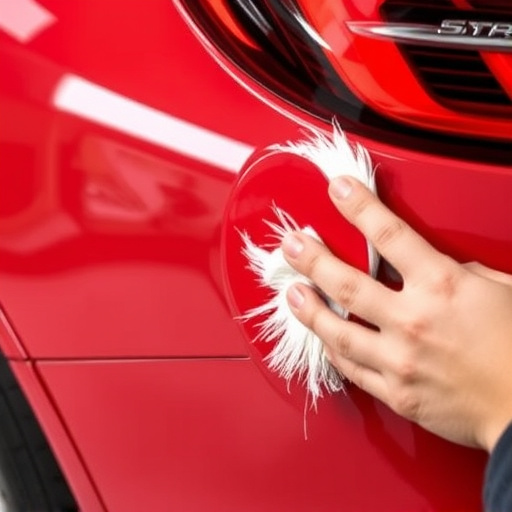
Navigating Tesla hail damage repair involves a structured process: document and assess damages, cont…….
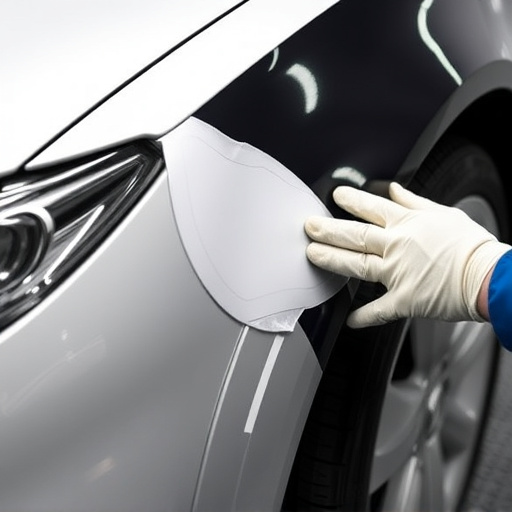
Tesla owners must promptly assess and document hail damage to their aluminum and steel vehicles. Tim…….
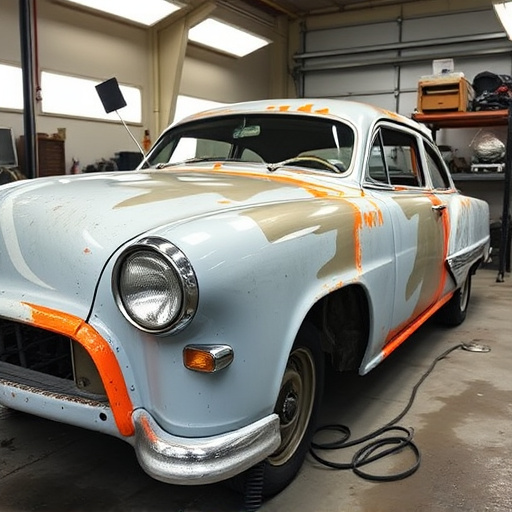
Tesla hail damage requires prompt, specialized repair. Trained EV body specialists assess and fix da…….

Tesla hail damage repair is a specialized process addressing significant weather-related harm to ext…….